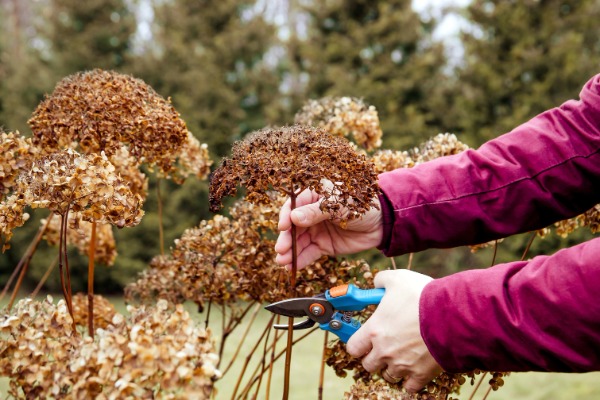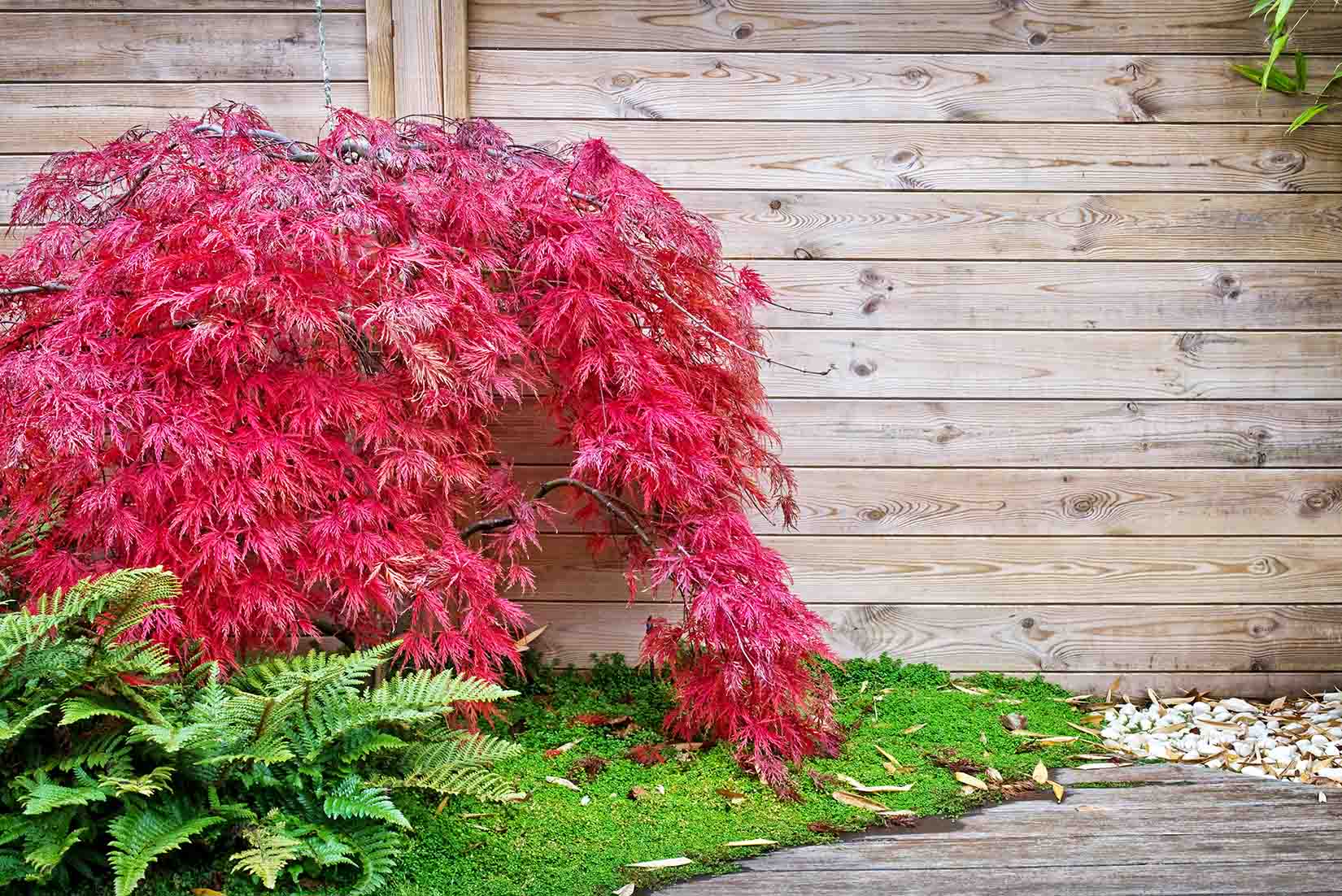In Virginia, dormant pruning, performed in late winter while shrubs are still asleep, is one of the most effective ways to strengthen your landscape. Pruning during this seasonal window offers advantages that simply aren’t available at other times of year. Keep reading to learn why dormant-season pruning sets the stage for healthier shrubs once spring arrives.

Late winter is the best time to prune shrubs because most species are still in their natural resting phase. During dormancy, metabolic activity slows dramatically, and the shrub isn’t actively pushing out new leaves or buds. This pause in growth means the stress of pruning is significantly reduced, giving the plant a better chance to recover and rebound as temperatures warm.
With the foliage gone, you can clearly see the plant’s natural skeleton, making it easier to identify crossed branches, winter damage, or weak growth that needs to be removed. This visibility helps you shape the shrub with accuracy and avoid accidentally removing healthy, productive branches. Below are the most important types of cuts used when pruning dormant shrubs:

Every pruning cut creates a small wound, and during warm weather, these openings can attract insects, fungal spores, and bacteria. Winter, however, dramatically reduces the number of active pests and pathogens in Virginia’s outdoor environment. With less microbial activity and fewer insects flying or feeding, your shrubs face a much lower risk of infection right after pruning.
Pruning in humid summer conditions can spread fungal disease quickly, and early fall pruning often draws insects that feed on sap. Combined with improper or dull tools, these conditions can turn pruning into a hazard for otherwise healthy plants.

Dormant pruning sets your shrubs up for vigorous growth as soon as spring arrives. Removing dead, weak, or congested branches allows the plant to redirect its stored energy toward healthy new shoots. This leads to a fuller form, stronger stems, and more vibrant leaf development.
Shrubs pruned during their dormant period respond with renewed growth from buds near the cut site. Because these buds activate as soon as temperatures rise, the shrub grows in a more controlled, attractive shape compared to growth that follows summer pruning.

Many ornamentals and fruit-bearing shrubs perform best when pruned while dormant. Clearing away old wood encourages the shrub to push energy into new productive stems that are more likely to flower or fruit. Increased airflow and improved light penetration also help reduce fungal disease and improve bloom quality.
Here are several shrubs commonly found in Virginia landscapes that benefit from dormant-season pruning:
Dormant pruning provides an opportunity to correct structural issues before spring storms arrive. Removing branches that are weak, crossed, or poorly attached helps the shrub withstand wind, heavy rain, and even occasional snow or ice. This is especially important in residential neighborhoods where falling limbs can damage siding, vehicles, or nearby plantings.
Young shrubs also benefit significantly from early structural guidance. By shaping them while dormant, you help them develop a stable, balanced framework that reduces long-term maintenance needs and improves their overall appearance.

An often-overlooked benefit of dormant pruning is how much easier the worksite cleanup becomes. Without leaves covering the shrub, or covering the ground, you can quickly locate problem areas and collect debris without sorting through piles of foliage.
This makes the pruning process more efficient and frees up valuable time for other early-spring tasks like mulching, bed edging, and pre-emergent weed control.
Pruning once spring growth has already started can cause shrubs to lose energy reserves or drop developing buds. Late-summer pruning is even riskier because it can trigger tender new shoots that are easily damaged by fall cold snaps or winter frost.
Removing branches in mid-spring or early summer may also eliminate seasonal flower buds, leading to fewer blooms and reduced ornamental value. Dormant pruning avoids these issues entirely by aligning with the shrub’s natural growth cycle.

Although late winter pruning works well for many shrubs, there are a few exceptions. Some species tend to ooze sap heavily when pruned during dormancy. While not harmful, this sap flow can be messy and may attract insects if temperatures warm suddenly. Pruning these shrubs later in spring is generally a better option.
Other shrubs bloom on old wood, meaning this year’s flowers come from last year’s growth. For these species, dormant pruning removes the flower buds before they open, drastically reducing spring displays. Shrubs to monitor for alternate pruning schedules include:
Maintaining shrubs through the winter and preparing them for spring takes time, precision, and a good understanding of plant biology. For many homeowners, dormant pruning is one of the more tedious seasonal tasks, especially when dealing with large shrubs or extensive landscaping.
If you want beautifully shaped, healthy shrubs without spending your weekends pruning, consider hiring a professional. Blue Sky here in Virginia can ensure every cut is made correctly, safely, and at the ideal time of year. Reach out today for a free quote on our shrub pruning and other landscaping services!